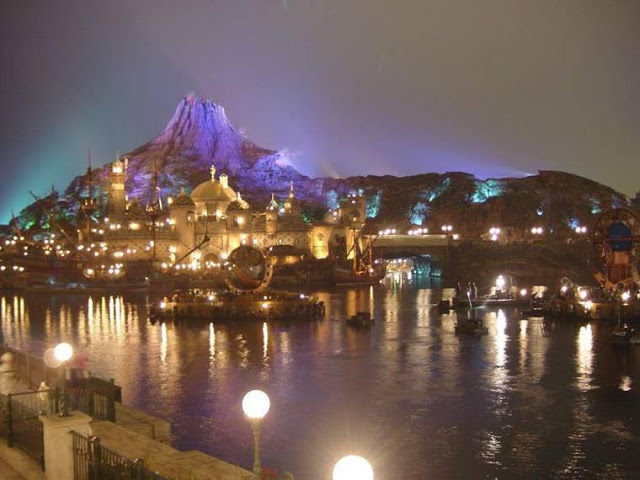Friday, April 16, 2021
Wednesday, April 14, 2021
5 Deepest Cave of the World
Mammoth Cave (52,835 acres)
World’s Largest Cave is located in Kentucky, USA. It is assumed that 52,835 acres long cave was discovered by Frank Houchin who used to live nearby the cave. The cave is also famous for The Kentucky Cave Wars; it was a period of competition between local cave owners for tourist money. Private Citizens formed the Mammoth Cave National Park Association in 1926 which was later dedicated to National Park in 1941.
Jewel Cave (1,273.51 acres)
Optymistychna Cave (214 kilometers)
Wind Cave (28,295 acres)
Likewise Jewel Cave, Wind Cave is also located in Custer County, South Dakota, USA. World’s forth largest cave was discovered by two brothers in 1881. Several roads run through the park and there are 30 miles (48 km) of hiking trails, so almost the entire park is accessible. The park had 591,049 visitors in 2006
Lechuguilla Cave (203 kilometers)
World’s fifth largest cave is 203 km long. It is located in Carlsbad Caverns National Park, New Mexico. The cave contains a large amount of gypsum, lemon-yellow sulfur, speleothems, soda straws, hydromagnesite balloons, cave pearls, subaqueous helictites, rusticles, U-loops and J-loops.
Wednesday, March 31, 2021
Beautiful Alsek River Lake Canada
Tuesday, March 30, 2021
8 Mysterious Underground Cities
From ancient hideouts to Cold War-era bunkers, explore eight astonishing settlements beneath the Earth’s surface.
1. Derinkuyu
2. Naours
4. Lalibela
Wednesday, March 24, 2021
STONEHENGE Places - Megalithic Sites
Archaeological evidence found by the Stonehenge Riverside Project in 2008 indicates that Stonehenge could possibly have served as a burial ground from its earliest beginnings. The dating of cremated remains found on the site indicate that deposits contain human bone material from as early as 3000 BC, when the initial ditch and bank…
Monday, June 18, 2012
Japanese 10 Best Ghost Towns
Common Wisdom says Japan is a Tiny Island Nation crammed from shore to shore with people living one on top of the other. Every bit of spare space is used to build Prius Factories and Grow Rice.
In actuality, though, there are far more Dark Spots on the Map than you’d imagine. The general view that every square inch of Land is worth a Bazillion Dollars is just not true.
There are gaps in the Façade that whole towns have fallen into, along with Bizarre Abandoned Theme Parks, Ruined U.S. Air Force Bases and The Tawdry Remnants of Pay-By-The-Hour Love Hotels.
These places are known as "Haikyo", the Japanese Word for "Ruins" and Japan has plenty of them. Based on over six years of actively exploring these "Haikyo", here is a list of the 10 Most Beautiful, Most Historic and Most Interesting Towns.

The underground bunker haikyo by Yamanaka Lake in the shadow of Mount Fuji is one of the strangest abandoned structures I’ve ever explored. I stumbled upon this bizarre spot in an unpopulated and obscure part of the Japanese countryside while hiking. I knew nothing about its history.
At first I thought it must be the headquarters of a cult — maybe Aum Shinrikyo, the one that bombed the Tokyo subway with sarin gas in 1995. A sigil of 5 unknown logos formed a cross on the inner wall of the bunker, but none of the other explorers wandering the halls while I was there could recognize them.
Finally, the mystery was solved by a fellow explorer who had found a magazine featuring one of the logos at the location. The bunker belonged to the brokerage firm Sanyo Securities, which went bankrupt in 1999.

Ashio Dozan was a mining town in the mountains some 200 kilometers northwest of Tokyo, and infamous in Japanese history as a site of extreme environmental damage.
The town was mostly abandoned 40 years ago, the mines and factory shut down, and new standards in environmental care called for at the highest national levels.
It had been a copper mining and processing town for over 400 years. At its peak, it supplied over a third of Japan’s entire copper supply. But in the process, the nearby mountains were poisoned with sulfurous acid gas from the plant’s smelters.























































